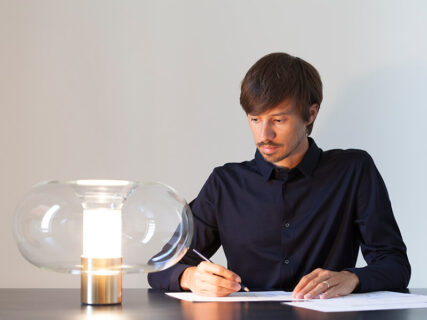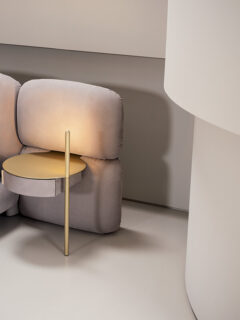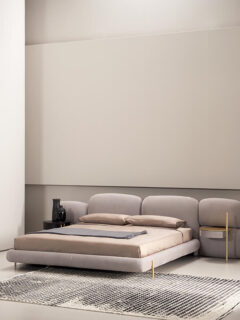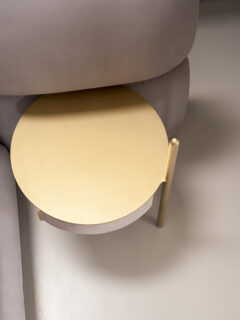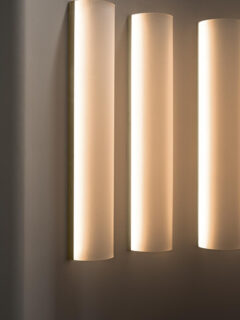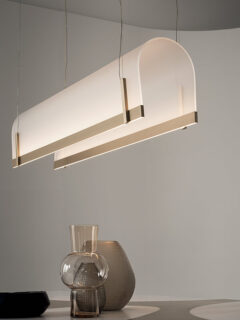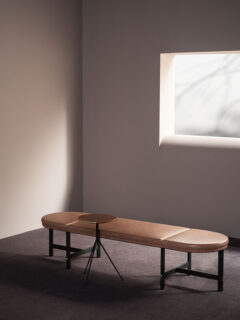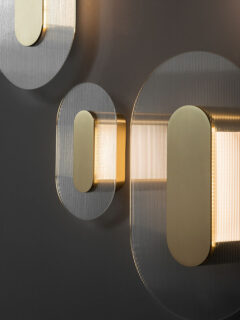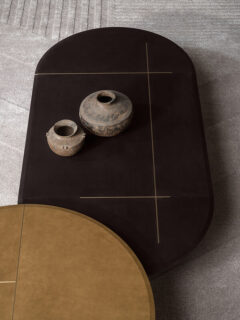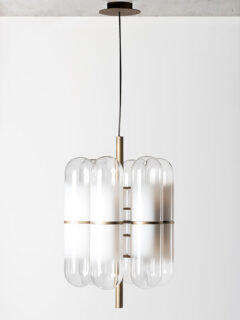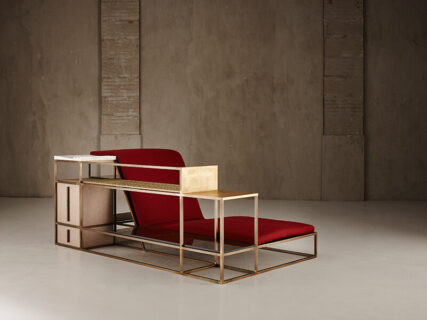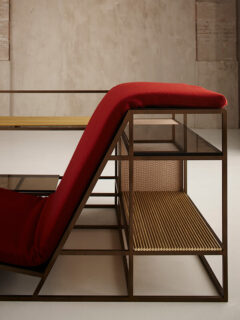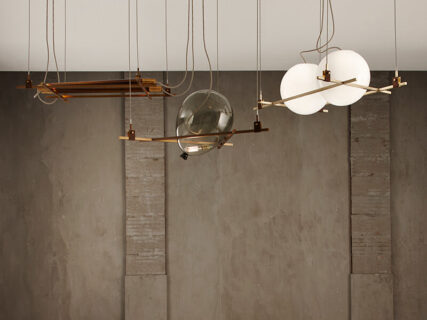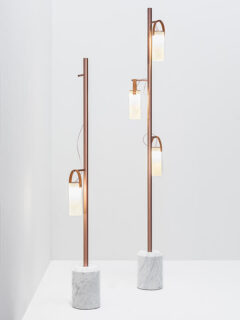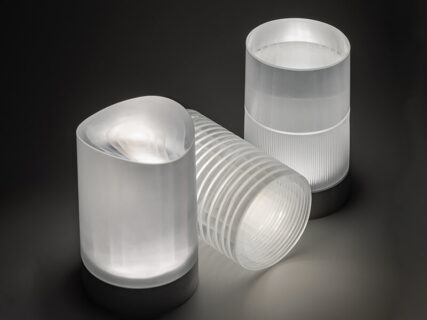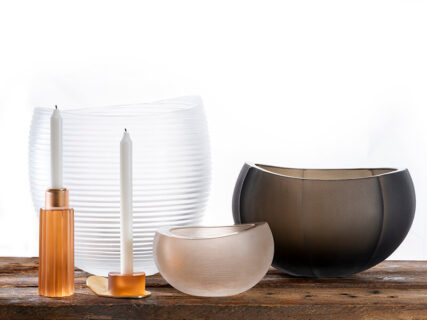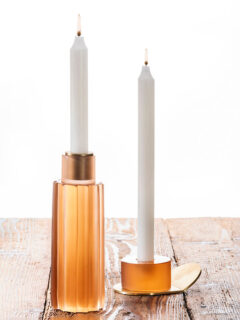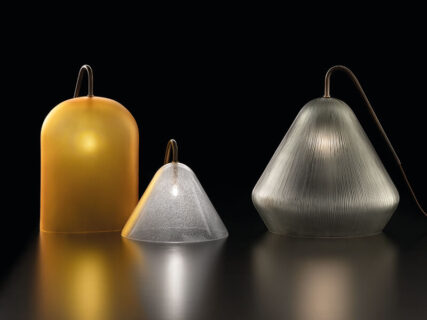Interview | Federico Peri
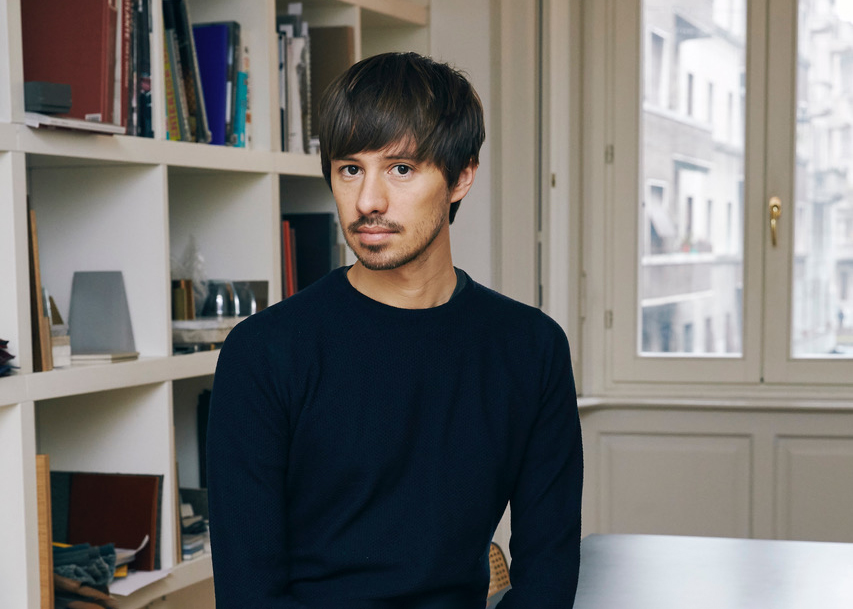 We know that your career as a designer and interior designer has unfolded between large metropolises such as Milan and Paris, then the collaboration with Vudafieri Saverino Partners and finally from 2011 the opening of your personal studio. What can you tell us about this journey? How and how much do you think it influenced you?
We know that your career as a designer and interior designer has unfolded between large metropolises such as Milan and Paris, then the collaboration with Vudafieri Saverino Partners and finally from 2011 the opening of your personal studio. What can you tell us about this journey? How and how much do you think it influenced you?
I finished my studies in 2007 and during university I won a scholarship that allowed me to move to Paris where I began to work on various projects and understand what the role of the designer was. I then found a job in a design studio where I was able to deal with an international environment that I was not used to and understand how to relate to different realities. I then returned to Milan where I started working for Vudafieri Saverino Partners. Specialized in the creation of concepts for fashion stores and commercial spaces, it has really given me a lot. The experience with Vudafieri ended after two years, when I opened my studio, but for a long time I continued to collaborate and manage projects together.
Do you find any difficulty in the transition from university to the world of work?
Fortunately, the university had already prepared me enough for entry into the world of work. I attended the IED, where there is a less academic and more pragmatic approach than the academic world. This helped a lot. One of my teachers was a partner of the Saverino & Partners studio, so the imprint given was particularly operational.
Tell us a little about your style and your way of working. What’s your philosophy? What inspirations do you follow?
I always struggle to define a specific style. I can say that my taste includes a simple and clean line, probably also inspired by the Bauhaus movement with influences from the Viennese school and Art Decò. Purifying that somewhat rich world and synthesizing it, I created my style. However, I realize that I am drawing new and different influences from the various projects I have dedicated myself to and am still dedicating. Let’s take Purho for example. The objects I am dedicating myself to now play a lot with light and glass, new elements for me that give great stimulus to my way of feeling and conceiving product design.
At the beginning of your career, you divided yourself between setting up stands and shops and the creation of limited series products for a prestigious gallery such as Nilufar. What is different about working with a gallery compared to a series production?
I believe that my artistic journey between interior design and mass-produced products is nothing more than the natural consequence of working on complex projects where often the client or needs require the creation of custom, artfully made elements. Over time I have therefore gained a personal pleasure in creating specific pieces studied in every detail, then customized in limited editions. Nilufar’s products were initially born as a personal production which the gallery then adopted and presented. From the interior, therefore, to the specific design for customers; from there the creation of limited editions and later the production on a larger scale. It was the companies that approached me to ask something for a wider and more diversified audience.
In the world of furniture you have linked an important part of your production to Baxter. What can you tell us about this collaboration?
It is a company in which I feel very comfortable and with which I really enjoy working. There is an affinity for style. Over the years I have been making their artistic line more and more mine, a fundamental element in the collaboration and realization of common projects. I see that the Baxter team trusts me a lot and requires different products based on the needs of the catalog, while leaving me expressive freedom. I really love working with the materials they propose and often use, which over time have been able to differentiate them from the international design furnishing offer. While keeping the emphasis on leather and its potential alive, Baxter still manages to live in many other variations on which I particularly love to work.
For Purho, on the other hand, you were confronted with a completely different world, rich in traditions: that of Murano glass. How is it working with this material? What challenges does it present?
The collaboration began in 2019. Unfortunately, Covid19 surprised us at the time of launch, freezing all or almost all of our chances of showing our works. We had a bit of bad luck. However, I believe that the “bad luck” has been largely balanced by the relationship that has been created between us: working with such a company is very nice because you have the opportunity to try, renew and experiment. The exchange of ideas is constant and ideal for reaching the most suitable project and strategy. Paradoxically, the most difficult part of this collaboration is precisely the glass that constitutes all the works, since it is a super reactive material that reacts differently to use than all the others I have ever confronted with. The collection that we are now finishing to develop was born on paper with a specific project which then evolved thanks to a certain improvisation component. When the glass cools down, you have to decide in a fraction of a second how to act and what to do, it is a particularly difficult material because it does not allow you to rethink and reshape. It also has particularly high costs both for the use of the furnaces and for the professionalism of the glass masters. However, this collaboration is incredible, because never before I had the opportunity to work closely with this category of artists. Theirs is an ancient and millenary tradition, made up of hard work and excellence that unfortunately seems to be increasingly lost due to the lack of a generational change. The risk is that sooner or later it will be lost, forgetting this unique art of its kind.
What are the future projects you have in store with Purho? Are you working on new creations?
We are currently working on a new collection that will be presented in September at the SuperSalone. This line completes the path previously started with the Incisioni line. The name used comes precisely from the processing method used to make these elegant vases, where a second equally delicate engraving is added to the first blowing step in the furnace. This happens the next day, once the glass has cooled. A master grinder manually carries out the work on the piece by means of wheels, spikes and specific tools that do not allow any margin for error or inaccuracy. Here the skill of the craftsman is decisive for the finished product which will logically never be serial, but one of a kind.
Over the years you have received numerous awards and recognitions. What effect does it have on you to be considered one of the new nascent ribbons of Italian design, heir to such a prestigious tradition?
It’s a good feeling, and a source of extreme satisfaction, but the secret is never really paying too much attention to it. I am obviously very proud of it and I believe that in my work receiving such awards helps to understand that the artistic path pursued is the correct one. Receiving some certificate from masters of the sector is however important for me as much as continuing to look forward and trying every day to improve more and more.
What do you see in your future? Do you already have in mind a continuation for your path?
I will certainly continue to divide myself between product and interior design. At the beginning of my career I devoted myself almost entirely to interiors, but it has already become fifty and fifty now. At the moment I don’t have a precise plan, but I would like to continue on this path, increasing the share of product design even more. Not because i don’t like designing interiors, but because I take greater expressive freedom in the product. Satisfaction is also more immediate and less deviated from the compromise that is always marked by the customer or by the design needs in the interiors. I am more at ease in the product, so I imagine that I will move more and more towards that area.
